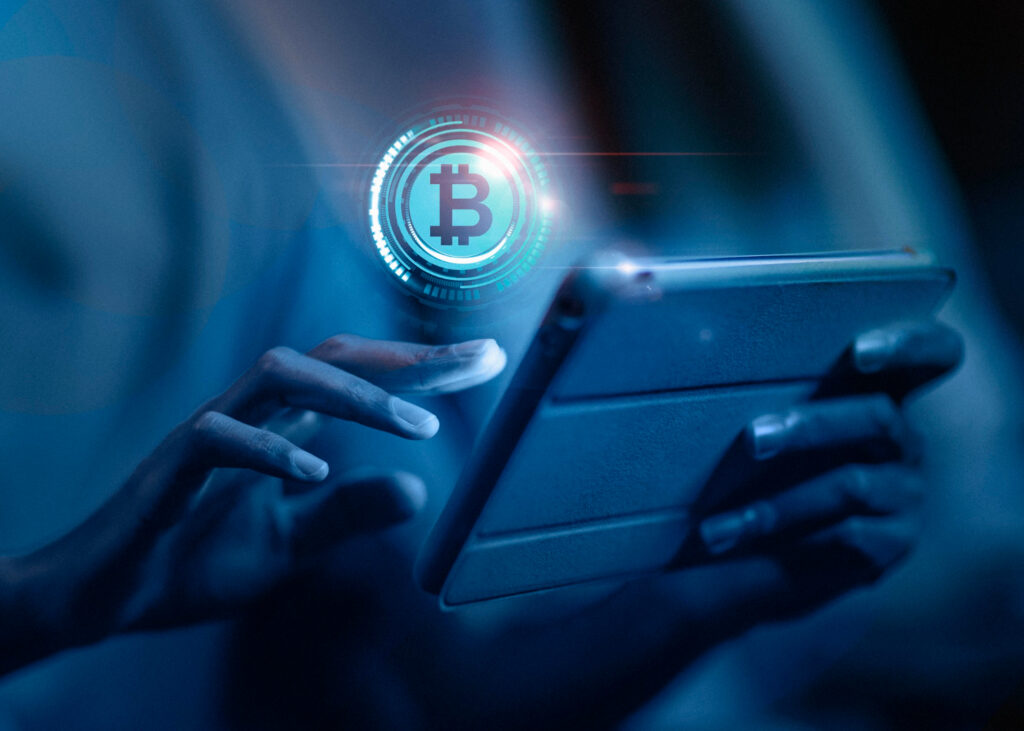
As an individual actively involved in both cryptocurrency trading and advocacy, staying informed about recent developments in the cryptocurrency world is essential. One noteworthy development in recent times has been the heightened emphasis on user authentication and verification on the Binance Exchange, a matter that has understandably raised concerns among its user base.
In the subsequent sections of this article, we will delve into the various authentication methods employed by Binance Exchange. Furthermore, we will explore a controversial topic, the process of bypassing Binance authentication and verification. If you happen to be among those who have encountered challenges and restrictions while conducting transactions with international cryptocurrency exchanges, particularly Binance, it is imperative that you read this article to its conclusion. In a nutshell, it’s worth noting that some individuals have attempted to authenticate their accounts using identification documents, such as passports and ID cards, from other countries as a potential workaround for the authentication process.
There are four methods for authentication and account verification in Binance Exchange, which are:
People who receive your account details– Individuals on social media and Telegram channels often claim they can handle your Binance authentication for you. However, this approach comes with a significant drawback: these individuals gain access to your profile, posing a potential risk to your assets as they are strangers. They employ open-layer documents to circumvent the verification process, a relatively straightforward task. You have the option to utilize these documents independently, eliminating the need to share your account details with others.
If you have an acquaintance abroad– Another approach to bypass Binance authentication and verification involves sharing your account details, including your username, password, and two-step verification code, with a trusted individual residing in a country where Binance is accepted. This person can then verify your account under their name and assist in addressing any issues that may arise in the future. However, it’s essential to note that this method is not advisable due to the necessity of entrusting your complete account information to another party.
If you live abroad, do the verification of Binance with your details– In countries like those within Europe, which are not subject to Binance’s restrictions, the most reliable method for authenticating your Binance account involves creating an account using your ID card, passport, and even your driver’s license.
Authentication by yourself and using the specifications to perform Binance verification– This approach is highly recommended because it ensures that you don’t need to share your personal details with anyone else, and you are not reliant on external assistance as in the first method. In this method, you perform all the necessary steps independently, seeking guidance only from someone experienced in this process. But how exactly can you bypass Binance authentication?
Obtain open-layer documents for bypassing Binance exchange authentication and verification.
Bypassing Binance authentication involves the purchase of open-layer documents from a country not restricted by Binance, where you input your own details and assume the identity of a resident of that country. By following the outlined steps, you can effectively bypass Binance Exchange authentication without the need to share your account information with verification services.
1. Select the best country for Binance authentication
As you may be aware, certain countries face challenges when attempting to create and maintain accounts on Binance Exchange, often encountering swift account suspensions. To overcome this issue, users often opt for a different country to bypass Binance authentication. At the time of writing this article, Binance, for instance, has not exhibited issues with accounts associated with the United Arab Emirates. Therefore, I selected the Emirates as the jurisdiction to undergo Binance verification.
2. Buy a passport or open layer ID (PSD) card for the selected country
The term “open layer passport and ID card” refers to documents formatted in PSD (Photoshop) format. When you open these documents using Photoshop software, you’ll find that all the layers, including the photo, name, surname, date of birth, expiration date, signature, MRZ code, can be edited and replaced. This allows you to conveniently input your own information and utilize these documents to bypass Binance authentication. You can access documents from various countries by clicking on the provided link below.
3. Bypass Bainance authentication
Once you’ve edited and updated the necessary documents, proceed to upload the photos and images of these documents on the Binance platform. During the subsequent steps, Binance may request a live image verification. To complete this step, hold your printed documents next to your face and capture a photograph. It’s advisable to print these documents on glossy or PVC paper to ensure they appear authentic and help you successfully pass the authentication process.
Is it truly effective to use open-layer documents for Binance authentication?
Many European countries have either imposed sanctions on certain nations due to stringent regulations or have restricted Binance from operating within their borders. Consequently, millions of traders worldwide find themselves with no alternative but to find ways to bypass Binance authentication, often resorting to using documents from other countries.
In response to this need, reputable foreign websites, such as “id cart template,” have started selling these layered documents. We acquired these documents from the psdlife site and offer them at an affordable price.
It’s worth noting that over 80% of individuals who utilized these documents successfully managed to bypass Binance authentication. Most of those who faced difficulties during authentication encountered issues primarily related to poorly executed edits of open-layer documents or incorrect production of MRZ codes. Those who followed the recommended guidelines found authentication to be a straightforward process and continue to engage in trading activities.